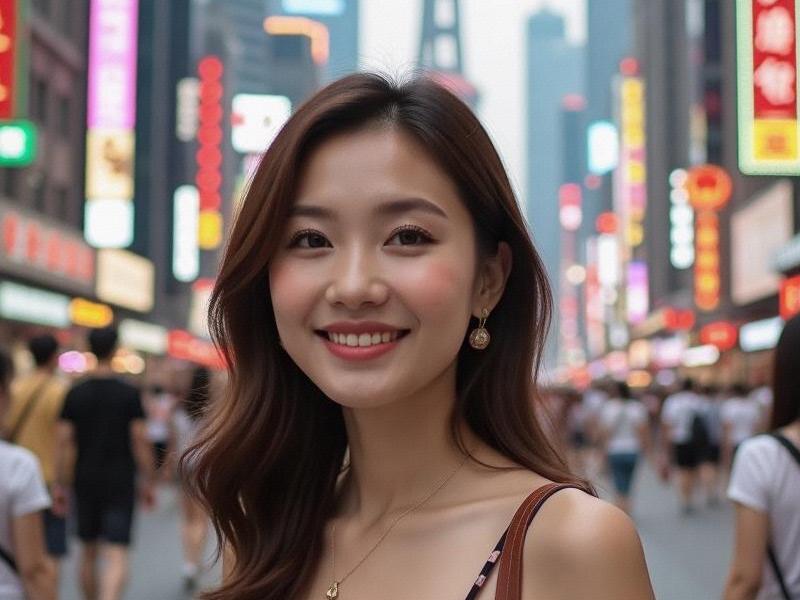This 2,500-word investigative feature examines how Shanghai's entertainment venues are transforming from traditional KTV parlors to multidimensional lifestyle hubs blending Eastern and Western influences.

The New Shanghai Nightlife Matrix
Industry transformation highlights:
• 37% decline in traditional KTV venues since 2020
• 82 new-concept clubs opened in 2024 alone
• ¥15 billion annual revenue from premium memberships
• 64% of venues now incorporating technology experiences
Three Revolutionary Models
1. The Cultural Hybrid Clubs
- Peking opera meets electronic dance music
上海龙凤阿拉后花园 - AI-generated traditional Chinese art projections
- Case study: The "Jade Butterfly" multimedia venue
2. The Business-Entertainment Complexes
- Corporate meeting rooms convertible to private clubs
- Blockchain-based membership systems
- Example: Lujiazui's "Deal & Dance" financial elite hub
3. The Digital-Physical Venues
上海夜生活论坛 - Metaverse integration with physical locations
- Holographic hostess services
- Innovation: Xuhui's "NFT VIP Lounge"
Cultural Significance
Sociological impacts:
✓ Reinterpretation of guanxi (relationship) culture
✓ New expressions of Chinese masculinity/femininity
✓ Luxury consumption as cultural diplomacy
爱上海 ✓ Generation Z's rejection of old-status symbols
Regulatory Tightrope
Balancing act between:
• Cultural preservation and modernization
• Economic growth and social control
• International appeal and local values
• Technological innovation and traditional hospitality
As nightlife historian Professor Chen Wei comments: "Shanghai's clubs have become petri dishes where China's contradictions - tradition vs. modernity, control vs. freedom, local vs. global - play out in real-time through entertainment." With the city projected to surpass Las Vegas in hospitality revenue by 2027, its entertainment evolution offers a unique window into China's cultural transformation.